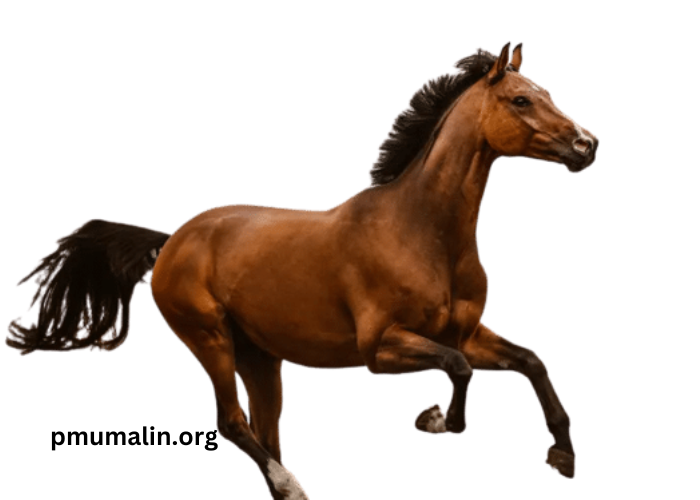Turf betting is a fascinating blend of strategy, analysis, and anticipation, where punters strive to predict race outcomes with precision. Among the various strategies employed by enthusiasts, “Cheval de Base,” translating to “Base Horse” in English, holds a pivotal role. In this comprehensive guide, we delve into what “Cheval de Base” entails, how it influences betting strategies, and why it’s a favored tactic among turf betting aficionados seeking consistency and reliability.
Understanding “Cheval de Base”
“Cheval de Base” refers to the fundamental horse chosen by punters as their cornerstone bet in a series of races or betting events. This strategic approach involves selecting a horse that bettors believe has a strong likelihood of performing well, either by winning or placing consistently across races. The objective is to build betting strategies around this base horse, leveraging its reliability and track record to maximize returns over time.
Key Elements of “Cheval de Base”
- Selection Criteria: Choosing the right “Cheval de Base” requires thorough analysis of various factors such as recent form, track preferences, jockey performance, trainer statistics, and race conditions. Punters often rely on historical data and trends to identify horses with a consistent track record of success.
- Consistency: The primary appeal of “Cheval de Base” lies in its reliability. Punters aim to select horses that consistently perform well across different races or under specific conditions, minimizing the risk of unpredictable outcomes.
- Strategic Betting: Once the base horse is identified, punters may employ various betting strategies around it. This can include single bets on the base horse to win or place, as well as combination bets such as exactas or trifectas that incorporate the base horse with other selections.
- Adaptability: Effective use of “Cheval de Base” involves adapting betting strategies based on changing race conditions, form fluctuations, and other variables that may impact the horse’s performance.
Strategic Advantages of “Cheval de Base”
- Reliability: By choosing a base horse with a proven track record of success, punters enhance their chances of consistent returns over time.
- Simplicity: “Cheval de Base” simplifies betting decisions by providing a focal point for strategic planning and wagering, reducing the complexity of analyzing multiple horses in every race.
- Risk Management: Betting strategies centered around “Cheval de Base” promote disciplined bankroll management and risk mitigation, essential for long-term profitability in turf betting.
Tips for Implementing “Cheval de Base” Successfully
- Thorough Research: Conduct comprehensive research and analysis to identify a base horse with strong fundamentals and consistent performance metrics.
- Track Performance: Keep detailed records of the base horse’s performances, adjusting betting strategies based on its recent form and race outcomes.
- Diversification: While “Cheval de Base” focuses on a core horse, consider diversifying bets to include other horses or betting types to optimize overall betting returns.
Conclusion
“Cheval de Base” embodies the strategic depth and reliability sought by turf betting enthusiasts aiming for consistent success. By selecting a base horse with meticulous analysis and strategic planning, punters navigate the complexities of horse racing with confidence and clarity. Whether you’re drawn to its reliability, strategic simplicity, or the pursuit of sustained profitability, “Cheval de Base” offers a structured framework to excel in the dynamic world of turf betting.
Incorporating “Cheval de Base” into your turf betting strategy requires dedication, analytical prowess, and a passion for the sport. Embrace the challenge, refine your selection criteria, and immerse yourself in the excitement of each race day as you leverage the strengths of “Cheval de Base” to enhance your betting success.
